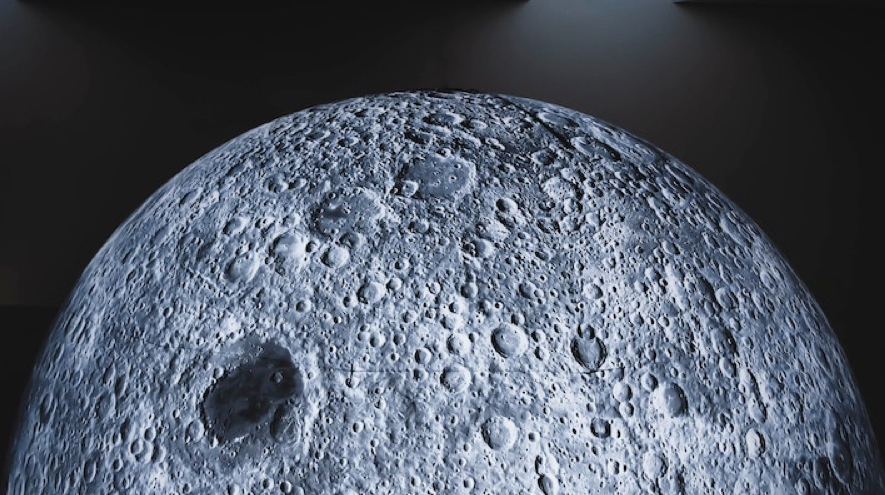
ESA Open Invitation to Tender AO10051
Open Date: 30/03/2020
Closing Date: 11/05/2020 13:00:00
Status: ISSUED
Reference Nr.: 19.1ET.34
Prog. Ref.: Technology Developme
Budget Ref.: E/0901-01 – Technology Developme
Special Prov.: BE+DK+FR+DE+IT+NL+ES+SE+CH+GB+IE+AT+NO+FI+PT+GR+LU+CZ+RO+PL+EE+HU
Tender Type: C
Price Range: 200-500 KEURO
Products: Satellites & Probes / Payloads / Instruments / RF and microwave Instruments / Microwave radiometers
Technology Domains: Electromagnetic Technologies and Techniques / Antennas / Reflector and Lens Antennas
Establishment: ESTEC
Directorate: Directorate of Tech, Eng. & Quality
Department: Electrical Department
Division: RF Payloads & Technology Division
Contract Officer: Singer, Anze
Industrial Policy Measure: N/A – Not apply
Last Update Date: 30/03/2020
Update Reason: Tender issue
Future low frequency radiometric earth observation (EO) missions, as an example the Earth Explorer 10 (EE10) candidate mission cryorad, have the challenge of realising compact low-frequency and wideband reflector antenna feeds with a high RF performance (e.g. Sidelobes and feed aperture efficiency). The scientific potential for sea ice thickness, ice sheet and ice shelf temperature profilesinvestigations by low-frequency radiometers, was judged high by the ACEO in the case of cryorad. However, the proposed corrugated feed of the large deployable reflector antenna including its feedchain with an Orthomode-Transducer (OMT) was judged infeasible due tolarge dimensions, i.e. More than 3 meters. This challenge would be shared by all similar low-frequency radiometric missions. On theother hand, such radiometric missions have stringent requirements on the feeds radio frequency (RF) performance so that further technology development is required to enable such missions. In this activity, the design and breadboarding of a wideband, circularly polarised feed antenna is proposed. The challenges of the design and technology selection to be assessed are selection shall be focused on minimum dimensions and mass on the one hand and large bandwidth, low loss, low sidelobes, and high phase centre stability on the other hand. Besides the radiating element, also the required feed chain shall be assessed. Critical elements shall be breadboardedand RF measured
If you wish to access the documents related to the Invitation to Tender, you have to log in to the ESA Portal.
